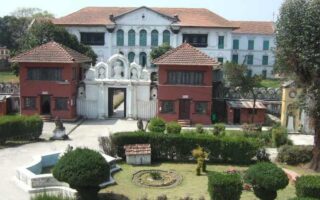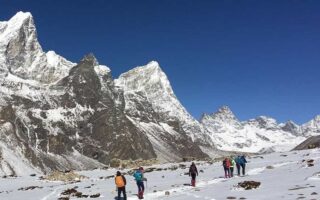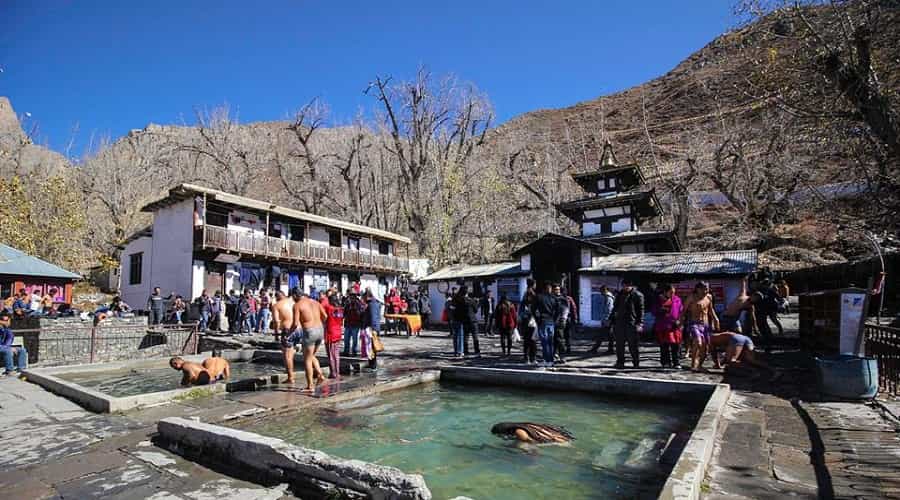Nepal, nestled in the heart of the Himalayas, is a country renowned for its breathtaking natural beauty and rich biodiversity. The nation boasts a diverse range of landscapes, from towering peaks to lush lowland jungles, and it’s home to a remarkable array of wildlife and plant species. To preserve and protect these natural wonders, Nepal has established a network of national parks, each offering a unique and pristine environment for visitors to explore. These parks serve as vital sanctuaries for endangered species, including the Bengal tiger and the one-horned rhinoceros, and they provide opportunities for eco-tourism, trekking, and adventure in some of the world’s most awe-inspiring settings.
Nepal’s list of national parks includes famous names like Sagarmatha National Park, home to the world’s highest peak, Mount Everest, and Chitwan National Park, a UNESCO World Heritage Site that safeguards diverse flora and fauna in the Terai region. Other remarkable parks like Annapurna, Langtang, and Rara offer opportunities for trekking, wildlife spotting, and experiencing the culture and traditions of indigenous communities. These national parks underscore Nepal’s commitment to environmental conservation and sustainable tourism, making them an essential part of the country’s appeal for nature enthusiasts and adventure seekers from around the world. Let’s explore some of the most prominent national parks in Nepal:
Chitwan National Park
- Located in the lowland Terai region of southern Nepal.
- Famous for its diverse wildlife, including Bengal tigers, one-horned rhinoceros, and elephants.
- Offers activities such as jungle safaris, elephant rides, and birdwatching.
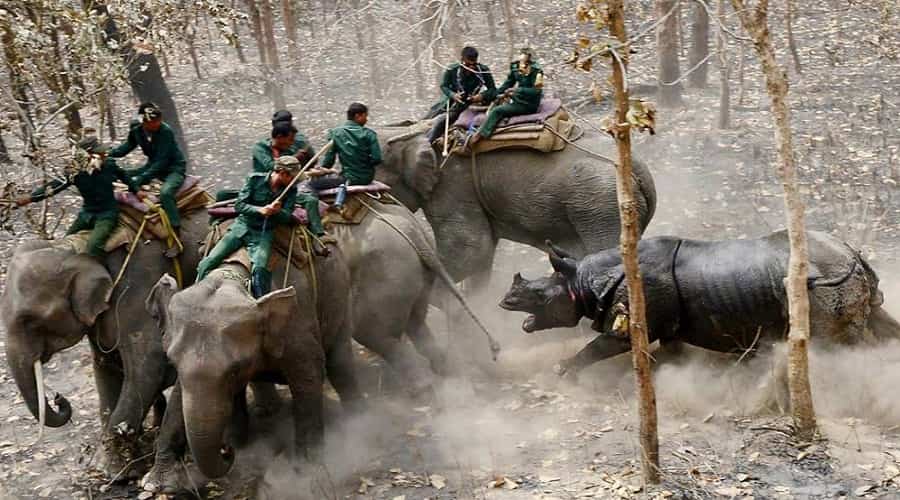
This park is very famous among the people who visit the country of Nepal. It has even been recognized as a World Heritage Site by UNESCO. It has a huge area of about 932 sq km. The area being large, it covers a huge portion of the south of the river Rapti and Tikauli forests along with the Mahabharata Hills, ensuring that the wild animals are in their natural habitat all the while protecting them from the various dangers. The quickest way to reach the park is through Katmandu as the park is located to the south of Katmandu.
The park has seen various developments from the time it was started. Initially, King Mahendra, the King of Nepal, had reserved a certain area for the purpose of protecting the animals. It was then extended from time to time to ensure more animals; especially the ones that are rare and unique to Nepal were protected. It was officially declared as a National Park in the year 1973.
The park has a huge number of protected species. It has more than 43 various species of mammals, more than 450 different varieties of birds. The animals that attract the tourists the most here are the one horned Rhino and the Bengal tiger. Some of the other animals are Gharial, Antelope, Leopard, Wild Dogs, Langur and Monkeys belonging to the Rhesus variety. Among birds, there is Bengal Florican, Giant Hornbill, herons, Kingfishers etc.
The park also provides various facilities that allow the tourists to enjoy the wildlife without disturbing the animals. There is jungle safari, which is a big hit among the people who visit the place. Both jeeps as well as Elephant back rides are made available to the tourists. Bird watching is another very popular activity that people enjoy here. An experienced guide makes the journey and the visit more worthwhile with more details that can only be gained through experience.
Royal Bardia National Park
- Situated in the western Terai region.
- Home to a variety of wildlife, including tigers, elephants, and over 400 bird species.
- Provides opportunities for jungle walks, river rafting, and cultural experiences with local Tharu communities.
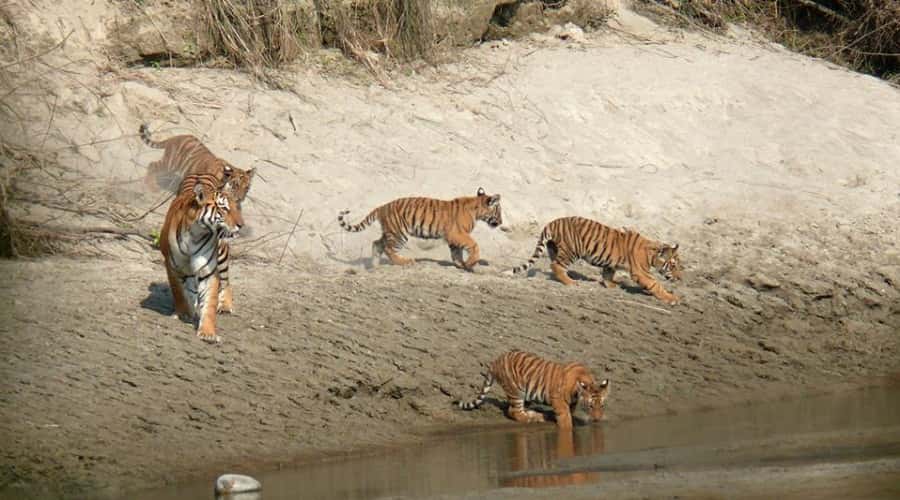
The Bardia National Park is situated on the eastern banks Karnali River. It covers an area of about 968 sq km and covers the Churia Hills. The best way to reach the place is through Katmandu from where one has to go to Nepalgunj.
The park has a different history than any other parks. Initially, it was officially a hunting ground. It was only in the year 1976 that it was declared as a reserve for animals and since then it has grown to the size that it is now.
The park has more than 30 different varieties of mammals and more than 300 different species of reptiles. Among the endangered animals, the one horned Rhino, Gharial Crocodile, Bengal Tiger, Swamp Deer and Elephants make the list. Among the birds protected here the Bengal Florican and the Sarus crane are the major attractions. Another more interesting attraction is the Sal trees that grow here. More than 70% of the forest cover is made up of Sal Trees. The Karnali River that flows in the park is an additional bonus.
The major attraction among tourists is the jungle safari either on elephant back or on jeeps. Along with the various birds that are a treat to the eye and the forests along with the most picturesque scenery are the other reason the park is a hit among the tourists.
Sagarmatha National Park
- Located in the Everest region of eastern Nepal.
- Encompasses the world’s highest peak, Mount Everest (Sagarmatha in Nepali).
- Offers trekkers and mountaineers the chance to explore the breathtaking Himalayan landscape.
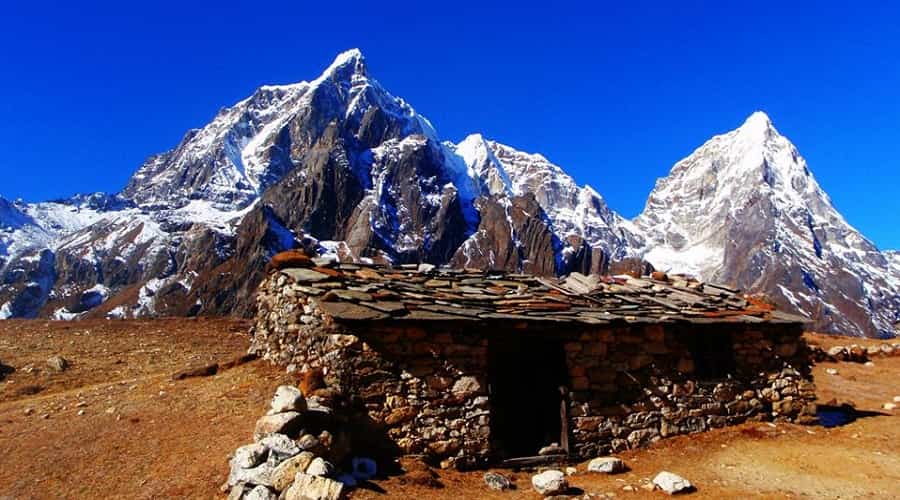
Located to the north east of Katmandu in the district of Solu Khumbu is the Sagarmatha National Park. This park too has been recognized as a heritage site by UNESCO. It is considered as the highest national park and has in its bounds, the most beautiful of peaks like the Mount Everest, Cho Oyu, and Lhotse Shar etc. It covers totally area of 1148 sq km.
One can enjoy a huge diversity with regard to the birds and animals that are protected in the park. There are more than 118 varieties of birds and among them some are endangered and rare species like Blood Pheasant, the red and the yellow billed chough etc. Among animals Snow Leopards, Musk Deer, the Red Panda, Black Bear etc. are protected here. The diverse flora includes Juniper, Birch, Bamboos, mosses etc. The beautiful mountain views and a few very rare species of animals seen only here coupled with activities like trekking, nature walk etc make this place a must visit.
Rara National Park
- Found in the remote northwestern region of Nepal.
- Features Rara Lake, the largest lake in the country, surrounded by pristine forests and wildlife.
- Ideal for those seeking tranquility and natural beauty.
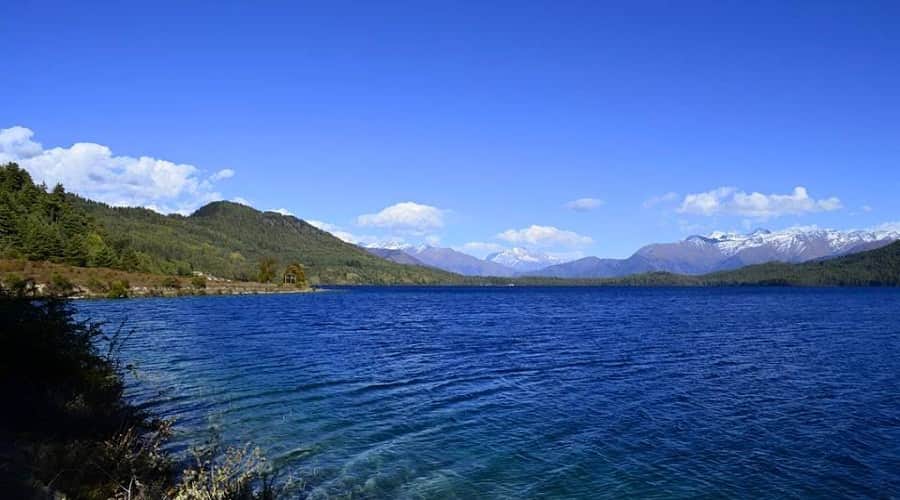
It is considered as one among the smallest park in Nepal. Situated in the north west of Katmandu at an altitude of 3000 meters, the park has the most beautiful views that the ecosystems of the Himalayas can offer. It has been named after the Rara Lake, which is also famous as Mahendra Tal. Though the park is one of the smallest, it holds the biggest lake of Nepal, the Rara Lake, in it. The easiest way to reach the park is through Nepalgunj from where you can access the park either from Kolti or from Jumla.
The park houses some very rare and endangered species of birds and animals like Red Panda, Musk Deer, Black Bear, and Leopards Wolves etc. It is a suitable place to watch birds as several migratory birds make a home of this place from time to time. The place has to its name some of the most beautiful scenery also that Nepal can offer. Though the place is considerably small, it is a whole package.
Langtang National Park
- Situated close to the Kathmandu Valley.
- Offers stunning trekking routes with panoramic views of the Langtang Himalayas.
- Home to the endangered red panda and diverse flora and fauna.
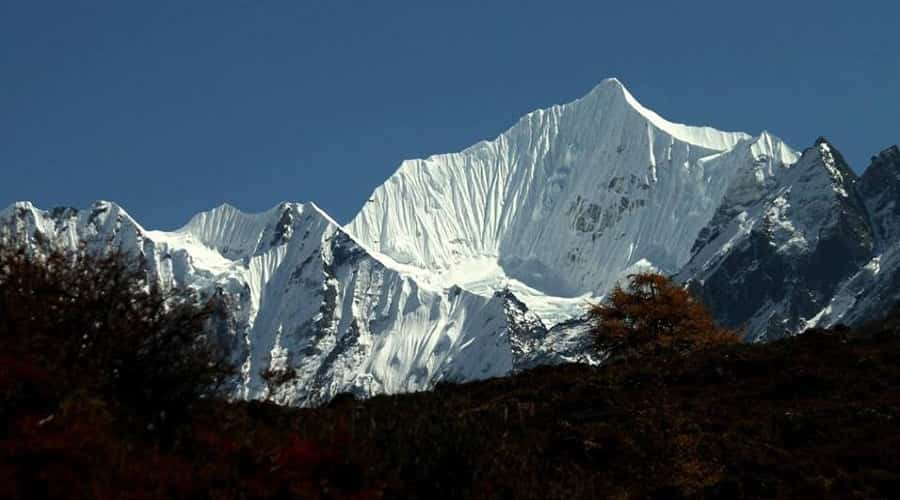
To the north of the capital of Nepal is the Langtang National park. The park has great diversity with regard to flora and fauna as the area encloses within itself the two rivers Trishuli and Koshi that flow close by. It also encloses the area, which leads to the top of the peak of Mt. Langtang. This variation in the type of land ensures diversity in the flora and hence one can see trees like the Oak, Alder, and Maple etc. in the park.
The park houses some of the rarest species of animals which include the Red Panda, the most unique animal found only in areas of this country. There are also Himalayan bears, leopards, Monkeys etc. Among the birds, there are species like Impeyan, Pheasants, Tragonpan, and Tibetan Snow Cock etc.
The best way to reach this park is via Katmandu and from there one has to reach the town of Dhunche. The park can be best dealt on foot and of course, with an experienced guide who can help tackle the pass and show the best sites and places along with the wildlife.
Shey Phoksundo National Park
- Located in the remote Dolpo region of northwestern Nepal.
- Boasts Phoksundo Lake, one of the deepest lakes in the country.
- Renowned for its unique culture and challenging trekking routes.
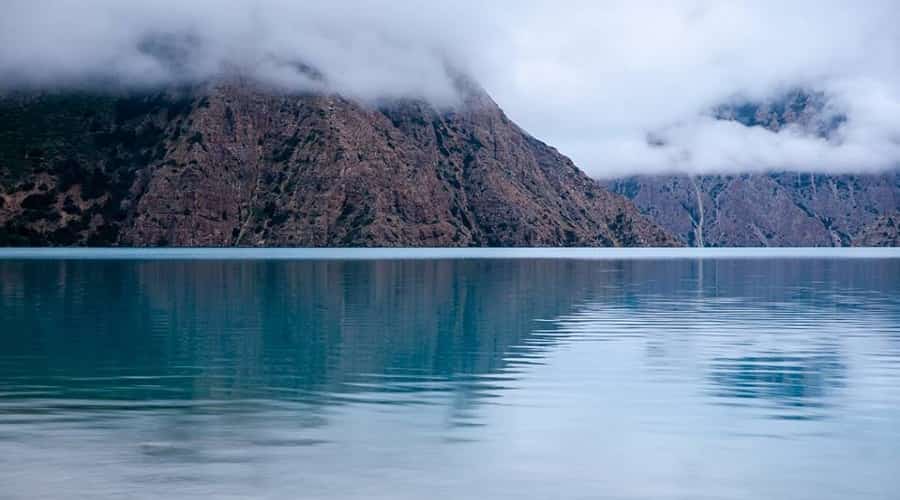
It is the largest national park in Nepal covering an area of about 3555sq km. As the name suggests, the park encloses within its area the very popular Shey monastery and also the lake Phoksundo. Along with these, it also has within its boundary the Kanjiroba peak.
Being the largest park, it has a great variety with regard to the animals and birds. Among animals, one can see the sheep, the musk deer, Weasel, monkeys belonging to the Rhesus and langur variety, the snow Leopards, Wild Yaks etc. Among bird species, there are Imeyan, Pheasants etc. The best and the easiest way to reach the national park will be via Nepalgunj. The park also features a jungle safari like the other parks and also encourages trekking however with a suitable and experienced guide. Apart from that the Monastery is a place one must visit.
Khaptad National Park
- In the far-western region of Nepal.
- Rich in biodiversity with various flora, fauna, and unique ecosystems.
- Known for its spiritual significance and serene environment.
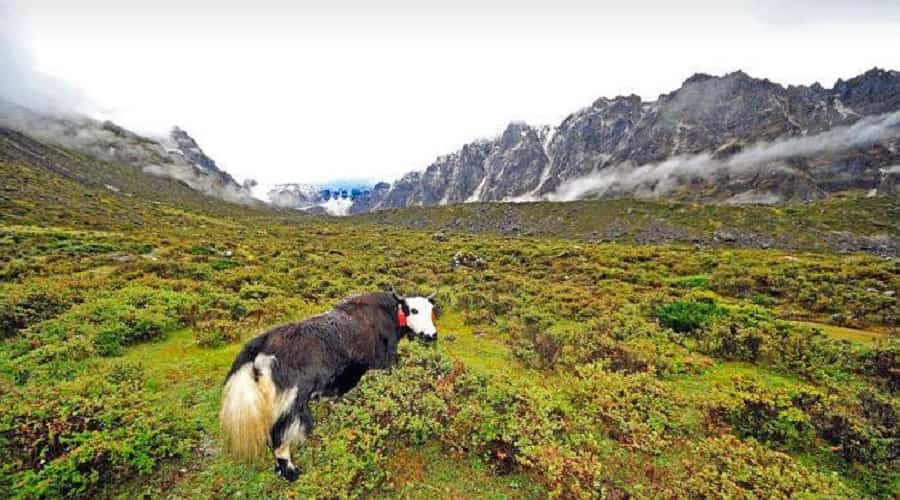
Started in the year 1984, the Khaptad National park is a relatively new national park that covers about 225 sq km. Situated to the far west of Nepal in the mid Mountain region, it is a plateau with an altitude of about 3000 meters. The best way to reach this park is via Katmandu, Nepalgunj or from even Dhangadhi from where one can access the park either from Bajhang, Doti, Bajura or Accham as these districts are the closest ones to the park.
The wildlife here is very diverse that include the leopard, the yellow throated Marten, Musk deer, the langur monkeys, Goral, the Himalayan Thar etc. The bird species include the Pheasants, Magpies, Wagtails, Flycatchers, eagles etc.
The park has much to offer. A lot of activities are undertaken for the benefit of the people who visit here. The best way to explore the wilderness is by trekking through the place. There is such diversity in the flora and fauna that a trekker will certainly not be disappointed. There is also a religious site where a Hindu Baba is said to have meditated for more than 50 years. His name is Khaptad Baba after whom the park is named. Hence, this site is a very important pilgrimage site for the Hindus. There is also a small lake called the Khaptad Daha where there is a small Hindu shrine devoted to the Lord Shiva. A lot of pilgrims visit this place, especially on full moon days of the months of July and August. The best seasons to visit will be the months of spring and the months of autumn as the views and the climate is just right for all the adventure one can enjoy here.
Makalu Barun National Park
- Situated in the eastern region, encompassing Mount Makalu.
- Showcases diverse landscapes, ranging from subtropical forests to high-altitude glaciers.
- Offers challenging trekking and mountaineering opportunities.
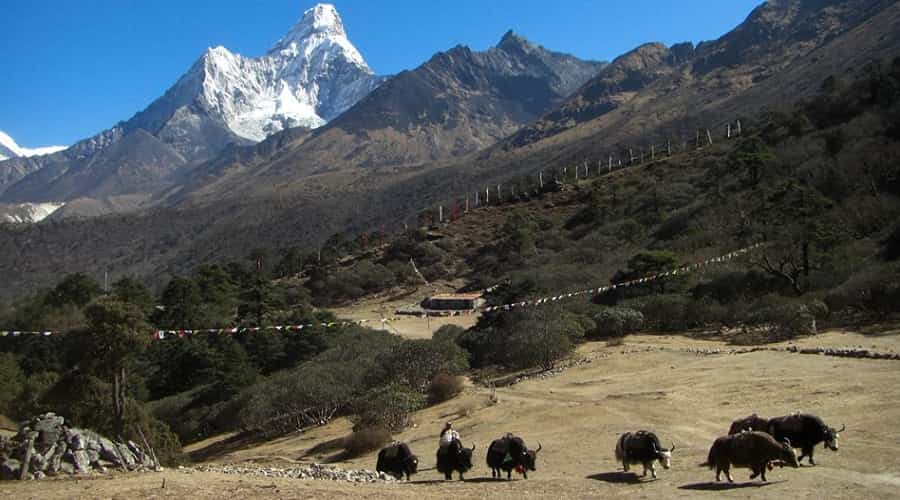
Located to the east of the Himalayan Region is the Makalu Barun National park in the districts of the Sankhuwasabha of Nepal. The total area covered by the park is about 2330 sq km. It can be considered to be located in the most beautiful place as it offers a great view from all directions. It has the Arun River to the east, the Sagarmatha National park in the west, the Tibet-Nepal border to the north and the ridge called Saune Danda in the south.
It has the most diverse set of flora and fauna with different type of vegetation at different range of elevation. There are several types of orchids, bamboos and also several varieties of herbs found here. Oak, Maple trees, Magnolia etc. are amongst the other vegetation seen here. The fauna include the Red Panda, which is one among the most endangered species, the Black Bear, the Weasel, the Langur monkeys etc. Among birds there are more than 400 species like the babbler, warbler etc. There are also various types of fish that the Arun River supports.
The best way to reach the place is via Katmandu from where you have to access the park on reaching the various destinations like the Lukla, Phaplu, Bhojpur, Lamindanda or the Tumlingtar Airport. The best way to explore the park will be either by trekking or the safari package that the park offers. The various species of birds of the park make it a bird watchers paradise and is one of the best activities that can be undertaken here. The park also allows camping and bonfires.
Sukla Phanta National Park
- Located in the far-western Terai region.
- Houses endangered species like the Bengal florican and swamp deer.
- A paradise for wildlife enthusiasts and birdwatchers.
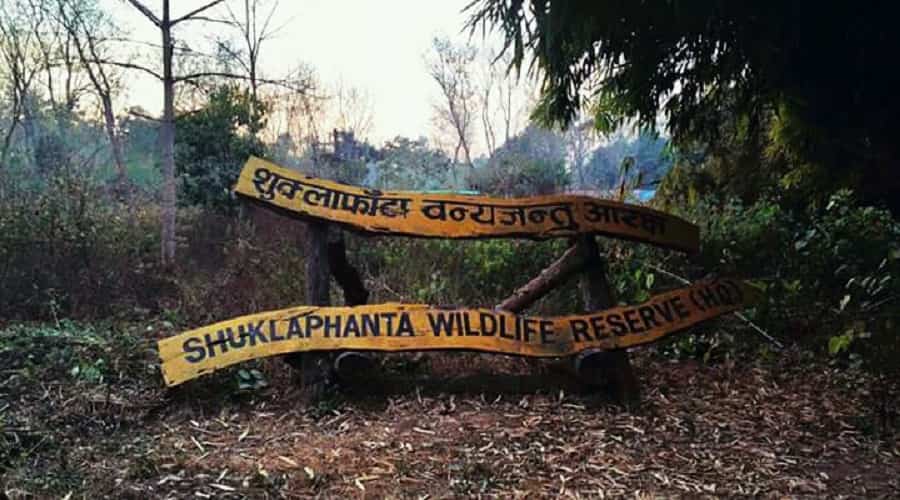
Named after the type of vegetation seen here, the Sukla Phanta National park is located in the south-west of the country. Initially, this park was a hunting area. However, by the year 1973 the park was declared as a national reserve with a total area of 155 sq km. Now the park covers an area of about 305 sq km. The most unique attraction of the Sukla Phanta National Park is the huge herd of swamp deer of more than 2000 in number. Among the other species the Wild Elephants, Tigers, Leopards, Bulls, wild Boars etc make the list. There are more than 268 varieties of birds found here. The grassland birds are the most common ones. The main attraction here is the swamp deer herd, but apart from that, the huge grasslands of the Sukla Phant are worth a visit. The Rani Tal also acts as a major show stopper where a huge number of birds usually gather making it a pretty sight for the bird lovers. The most used way to reach this place is via Nepalgunj itself. The most suitable way to explore the entire park will be either through land rovers that are available there or by walks, which will give the best views of the wilderness surrounding the place.
Parsa Wildlife Reserve
- Situated in the central Terai region.
- Known for its wildlife conservation efforts, particularly for tigers and elephants.
- Offers wildlife safaris and birdwatching experiences.
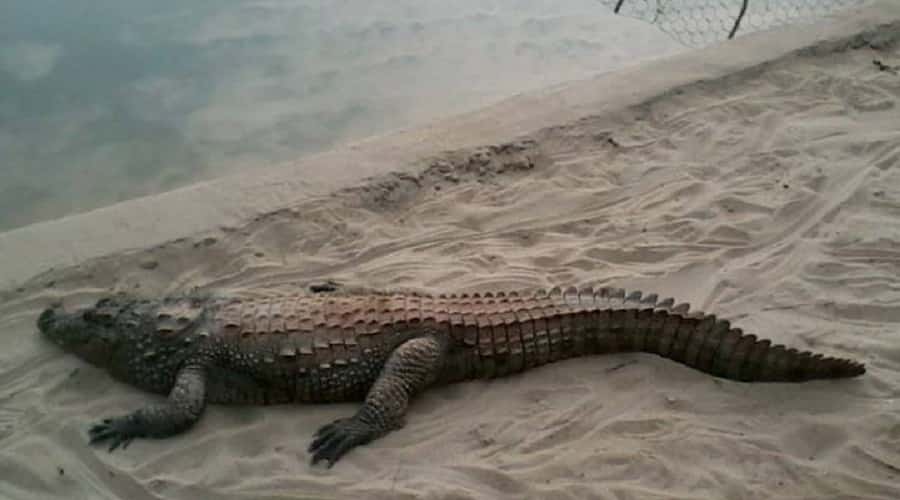
Established in the year 1984, with an area covering the land of Parsa, Bara, Chitwan and Makwanpur, totaling to 499sq km, is the Parsa Wildlife Reserve. It is centrally situated in the country and its main headquarters can be found at Adhabar. The Churia hills found here is the most distinguishing feature of the Park. There are several animals like elephants, Leopards, bulls, Hyena, Barking Deer, Sloth Bears, the Langurs and Jungle Cats etc found in the sanctuary. There are more than 300 different species of birds including the Red Jungle Fowls, Flycatchers, Woodpeckers, and Hornbill etc. that are easily spotted here. There are several species of reptiles too that make up the endangered species list here including the Cobra, Krait, Pythons, the Rat snakes etc. The most common way to reach the park is via Katmandu as the park is centrally located. The Kailasha, which is considered a religious and revered spot forms the other attraction in this park.
Koshi Tapu Wildlife Reserve
- Found in the eastern Terai region.
- An important birdwatching destination with over 450 bird species.
- Significant for conserving vital wetland habitats.
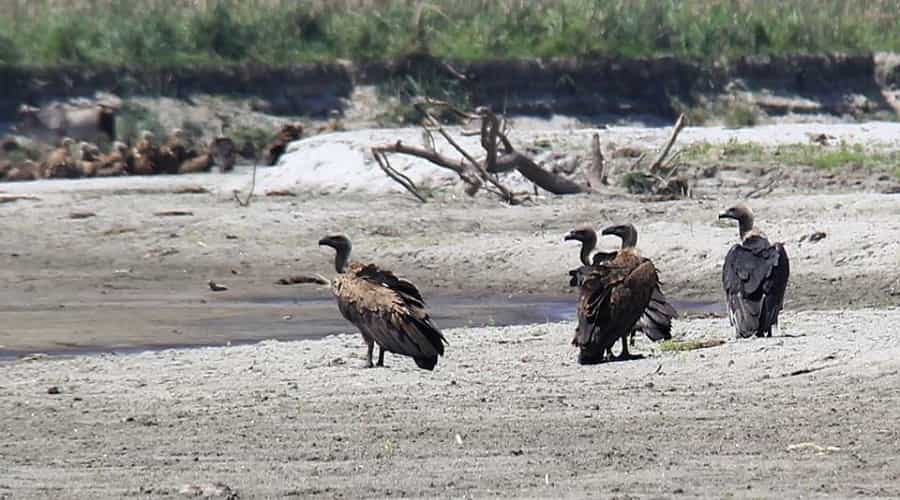
The Koshi Tapu wildlife reserve is located on the plains of the river Saptha Koshi in the districts of Sunsari and the Saptari District. The protection of the wild buffaloes was the main reason that the area was declared a reserve in the year 1976.
The reserve is important as it protects the Wild buffaloes which are considered as the last surviving species of the same here. One can also spot Wild Boars, Blue Bulls, and Spotted Deer etc. here. Among the birds, there are more than 280 different types. There are twenty different types of ducks alone. The swamp partridge, which is on the verge of extinction, herons etc. can be spotted on the banks often. Most of the birds are migratory. Among the reptiles, one can see the Gharial Crocodile. The Dolphins are the main attraction here.
The most accessed route to the park is via Katmandu from where there are several buses that go to this reserve. There are several other attractions here apart from the park itself. The river is considered as one of the best spots to river raft. The beautiful peaks of the various mountains including the Makalu can be seen from this reserve. There is also a breeding center where the elephants are kept in order to breed in captivity. There is also Elephant jungle safari done in this reserve. The best time to visit the park will be in the months from October to March.
Dhorpatan Hunting Reserve
- Located in the western region.
- Managed as a hunting reserve with controlled hunting of specific species.
- Offers a unique experience for hunters and wildlife management.
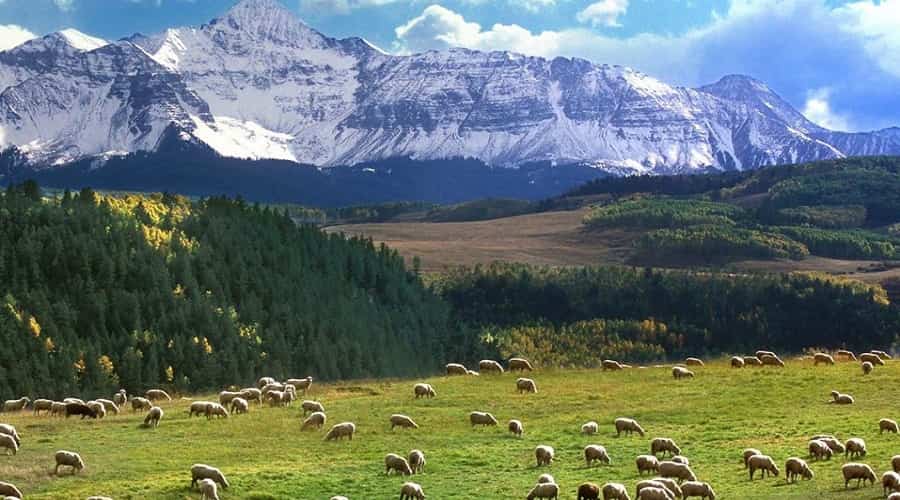
This is the only spot where controlled hunting of only specific type of species is still allowed. The entire hunting reserve is located to the south of the Mt Dhaulagiri, covering about 1325 sq km. This reserve was started in the year 1983.
The most common animals found here are the blue sheep which is one of the animals that can be hunted. The other animals that protected here are the leopard, Wild Boars, Monkeys, Barking deer, Langurs, Macaque etc. Among the birds, the most commonly found are the pheasants and the Partridges. The other animals that are on the verge of extinction and protected heavily are the Red Panda, Wolf, Danphe and the Musk Deer. The easiest way of reaching the area is via Katmandu. The main attraction in this reserve is the hunting that is allowed in the area.
Annapurna Conservation Area
- Covers the Annapurna mountain range and its surrounding regions.
- Established for both conservation and sustainable tourism.
- Popular for trekking, cultural experiences, and exploring diverse ecosystems.
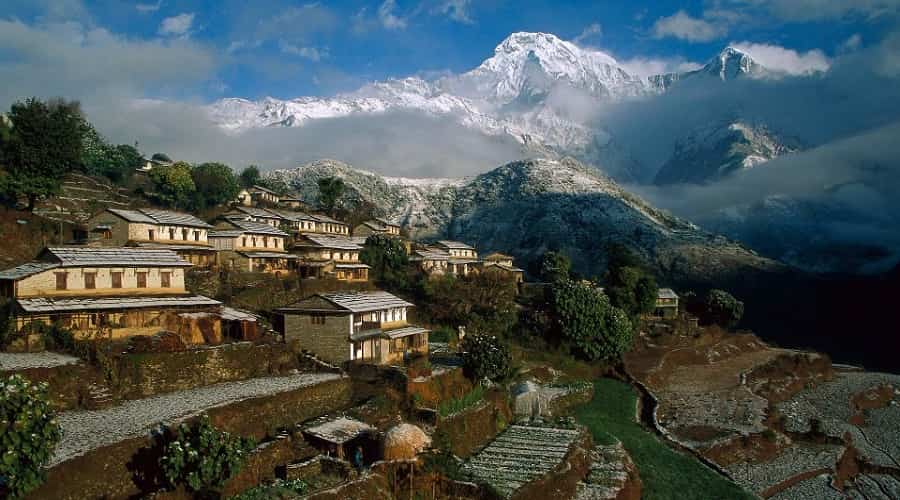
This conservation area is most favorable and frequented by the trekkers who trek the area of the Annapurna Circuit. The area that is converted into a conservation area consists of about 7629 sq km. It has a huge range and variety when it comes to the various species that it houses within its conservation area. Vegetation has more than 1200 different types of plants including 40 different types of orchids. One can spot more than 100 mammals and 478 species of various types of birds. Snow leopards, blue sheep, blood pheasant’s etc form the fauna found here.
The trek path is the major tourist attraction along with the most beautiful views of the mountains that surround the Annapurna Circuit. Muktinath temple, which forms another famous tourist place is very famous among the locals and is revered by the Hindus. Pokhara will be the best way to get to the conservation area easily. There are several such conservation areas like the Manasalu conservation area and the Kanchenjunga Conservation area, which are located on the trek paths of Mt. Manaslu and Mt. Kanchenjunga respectively. These are most frequented by the trekkers who, on their trek to the top of the mountains, come across these reserves.
Nepal has several wildlife reserves mainly to protect and conserve the diverse flora and fauna that they have. It seems that the country has gone ahead an extra mile for the conservation so that the future does not seem that bleak, which it would be, without the wilderness that goes in perfect harmony with the most beautiful places that it has.
FAQs
Q- 1. How many national parks are there in Nepal?
Ans: Nepal has a total of 20 protected areas, which include national parks and wildlife reserves.
Q- 2. Can I visit national parks in Nepal year-round?
Ans: Most national parks in Nepal are open for visitors throughout the year. However, it’s best to plan your visit during the dry season for a more comfortable experience.
Q- 3. Are there guided tours available in these national parks?
Ans: Yes, many national parks in Nepal offer guided tours and trekking packages to explore the natural wonders and wildlife.
Q- 4. Is it possible to spot Bengal tigers in Nepal’s national parks?
Ans: Yes, Nepal is home to a significant population of Bengal tigers, and there are chances of spotting them in parks like Chitwan and Bardiya.
Q- 5. How can I contribute to the conservation efforts in Nepal?
Ans: You can support conservation efforts in Nepal by visiting national parks responsibly, adhering to eco-friendly practices, and contributing to local conservation organizations.
Suggested to Read:
- Famous Historical Places & Monuments of Nepal
- THE 10 BEST Museums in Nepal
- Pilgrimage Sites in Nepal
- List of Nepalese Dishes
- Mountaineering Expeditions in Nepal
